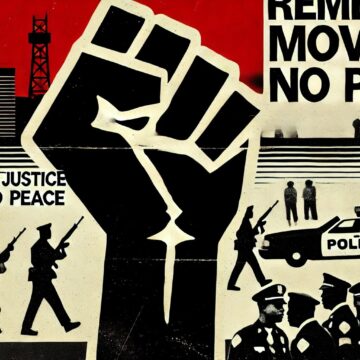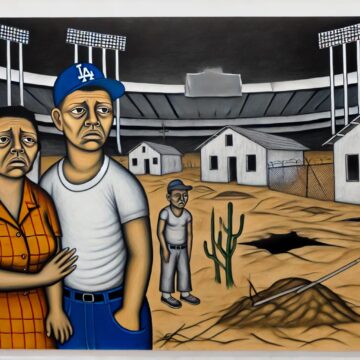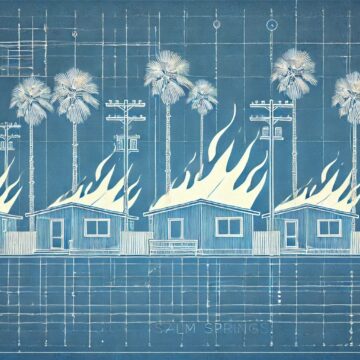For over 130 years, American communities have employed evolving mechanisms to maintain racially segregated neighborhoods—from violent expulsions and municipal ordinances to racially restrictive covenants, federal redlining policies, and today's homeowners association governance. This investigation traces the direct, intentional line connecting sundown towns like Anna, Illinois and Kenilworth's explicit racial exclusions to modern HOA discrimination cases like Providence Village, Texas, where 600 predominantly Black residents faced displacement in 2022. Through comprehensive analysis of historical records, census data, legal cases, and academic research, the evidence reveals that while the vocabulary has changed—from posted signs warning "Don't let the sun go down" to facially neutral rental restrictions and credit requirements—the function remains identical: protecting white-only spaces and perpetuating a $3 trillion racial wealth gap rooted in government-sponsored housing discrimination.
Tag: gentrification
The 1985 MOVE Bombing: An Examination of State Violence, Race, and Urban Life in America
The 1985 MOVE bombing in Philadelphia stands as a stark example of the intersection between race, state violence, and urban policy in the United States. When the city dropped a military-grade bomb on the home of the Black liberation group MOVE, killing 11 people, including five children, and destroying 61 homes, it revealed the devastating consequences of police militarization and systemic racism. This event, which still resonates in the era of Black Lives Matter, highlights the ongoing struggles for police reform, racial justice, and governmental accountability in marginalized communities.
Chavez Ravine: A Neighborhood Erased for Dodger Stadium
Chavez Ravine, once a thriving Mexican-American community in Los Angeles, was demolished in the 1950s under the guise of urban renewal to make way for Dodger Stadium. This article explores the history of Chavez Ravine, the political forces behind its destruction, and the broader implications for racial injustice and housing inequality. Through the lens of urban development, it examines how communities of color were targeted, displaced, and erased, with a legacy that continues to shape housing policy and civil rights struggles in Los Angeles and beyond.
Palm Springs’ Blueprint for Urban Erasure
Section 14, located in the heart of Palm Springs, was a vital residential area for Black and Latino communities from the early 1900s to the mid-20th century. As Palm Springs grew into a tourist haven, Section 14 became one of the few places where non-white residents could live due to segregationist policies. This land, owned by the Agua Caliente Band of Cahuilla Indians, became a haven for working-class families who helped build the city's infrastructure. Despite its central location, Section 14 was excluded from the city's glamorous image, and its residents were subjected to substandard living conditions, ultimately leading to a brutal campaign of forced evictions and demolitions in the 1950s and 60s, erasing much of its community and history.


